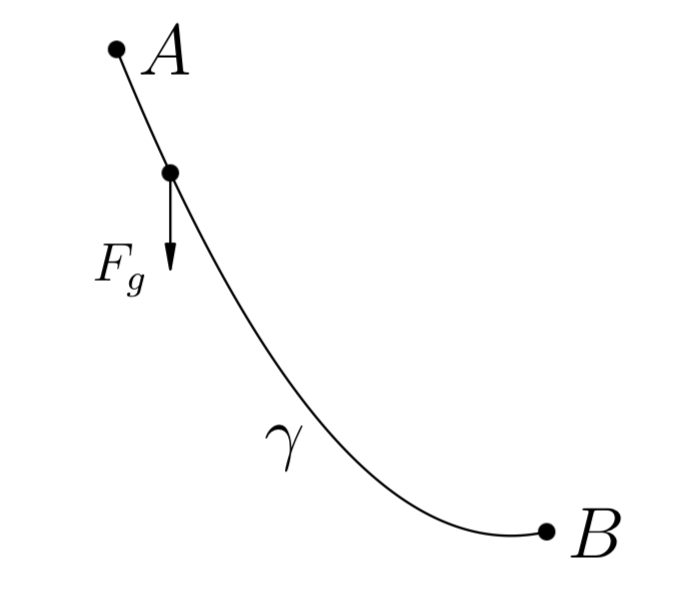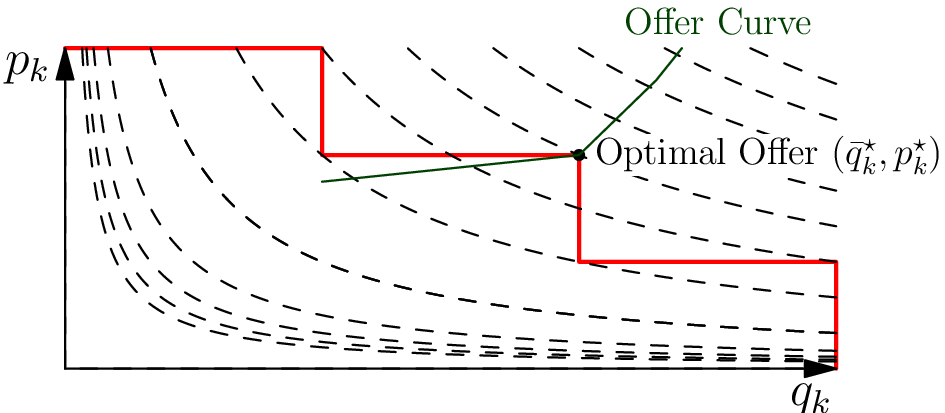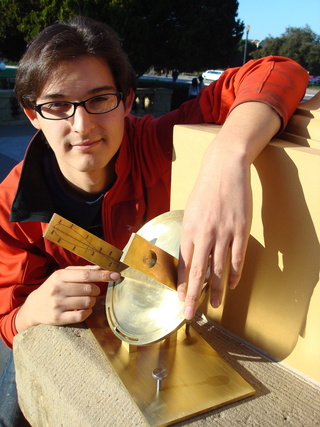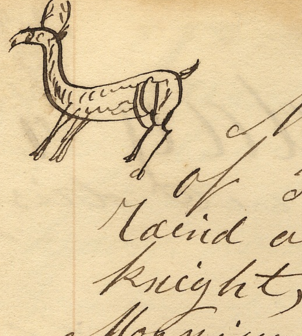About Me
I'm a mathematician, computer scientist, and an engineer.
My background is in linear algebra and numerical optimization. I love optimization because most business and engineering problems are easily expressed as optimization models, and these models can be solved with powerful algorithms.
I'm also an avid programmer. I've worked with many programming languages and technologies. I've made major contributions to software that is used by hundreds of businesses and thousands of people around the world.

Projects
Below are some projects I've worked on. Many of them are fun, some are a bit more serious, all are technical.

Routing planes around thunderstorms: During my postdoc I implemented an optimization model of the National Airspace System that included: nearly 4000 flights, all high-altitude traffic sectors, and the 34 largest airports.
I used the model to analyze a day when many flights exprienced delays due to weather and air traffic.

Logo Interpreter: An interpreter for the Logo language. The interpreter is written in OCaml and compiled to Javascript, so you can run Logo in your browser.

Colorization on GPUs: I implemented a method to color a grayscale image from a small set of color annotations. The method is based on a parallel implementation of preconditioned conjugate gradient in CUDA.
I used this method to solve two linear systems, each with 3 million unknowns, on two GPUs. The solutions produced a coloring of a 1050 x 3360 image of El Capitan and the lower Yosemite valley.

Low-polygon 3D model of my head: For Halloween in 2011, Jim Paris and I wrote some custom software to create a low-polygon model of our heads from a series of still photos.
We printed and assembled the models and used them for Halloween masks.

Brachistochrone: I used optimization to compute solutions to the famous brachistochrone problem.
I used Chebyshev spectral collocation to approximate the optimal-control problem. The resulting nonlinear optimization problem has linear-inequality constraints. To solve it, I developed my own quasi-newton solver with a primal-dual interior-point method for the QP subproblems.

Optimal Bidding in Power Markets: As a research assistant at EPRI, I analyzed the effects of optimal bidding in a simple power market when a vertically-integrated firm (controlling generation, demand, and electrical transmission) seeks to maximize profits.

Heliochronometer: A sundial that tells standard mean time by computing a correction from local real time via a mechanical computer.
The heliochronometer, which I built for Stanford's Design and Manufacturing class, is based on the design of a 1906 brass Pilkington and Gibbs heliochronometer.

Interactive Oregon Trail Diary: In April of 1852, my ancestor, Philemon Morris, set out on the Oregon Trail. He kept a detailed account of his trip west, and his first two winters in Oregon, in a small diary.
I wrote a small web app that matches each entry in the diary to my best guess at his location along the trail.

Droning: I'm a big drone enthusiast. I made a few videos you might enjoy watching:
- In Massachusetts: Hingham and Hull through the eyes of an Inspire 1
- Castle Hill by Drone - The Crane estate in Ipswich, MA
- Flying the Phantom around the North Shore

Lego Orrery: An Orrery is a mechanical model of the solar system. My orrery depicts the motion of the Earth-Moon-Sun system. Four independent rotations are powered by the rotation of a single axel powered by a Lego 71427 motor.
